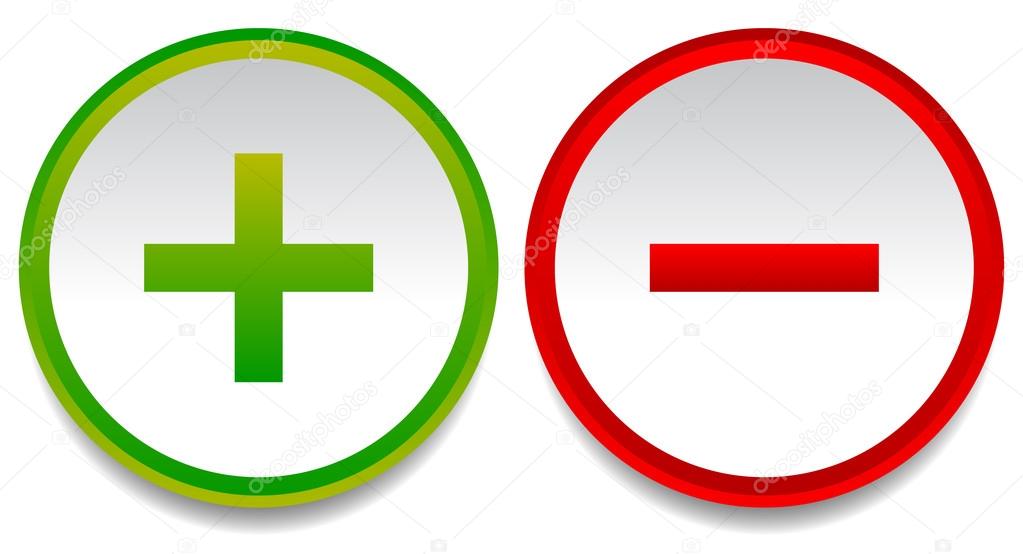We know, minus multiplied minus yields a plus. It is difficult to explain the logic behind it. But there is a fun way to explain. If you are my enemy(pardon me), your enemy is my friend. That is enemy's enemy is a friend.
We will see some real life examples. If you owe a bank 3 dollars, it is indicated in your account as the - 3 dollars. If 3 dollars is due to you, from bank it is indicated as +3 dollar.
So, Owe = -
due = + (for our understanding)
The bank credits some money to your account. It is a positive operation. The bank debits some money from you. It is a negative operation.
So, credit = +
debit = -
Suppose, the bank debits 2 times from your account. Each time 3 dollars that you owe to the bank. This operation can mathematically written as
2 debts * 3 dollar -owe = amount
-2 * -3 =+6
only if you credit real 6 dollars, the account will get the old balance again. That is why minus times minus is a plus.
In physics, the signs indicate mainly direction.
When a body is moving up against the gravity , the g = 9.8 is taken as negative. When it is falling down, 'g' is positive.
When a current is going clockwise direction in a circuit, it is positive current. When the current goes anti-clockwise, it is negative.
Suppose in an electrical circuit, battery sends a current in anti-clockwise direction. Here both current and battery's voltage are negative.
-voltage*-current
-v*-I=vI= electrical energy.
The workdone and electrical energy in the circit must be positive. Hence '-' * '-' = ''+' holds good again.
The minus and plus makes things clear and life easier.
